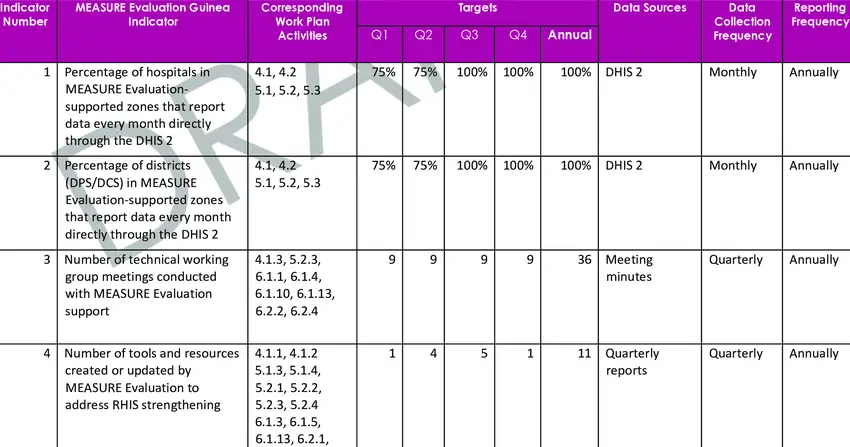Indicator Performance Tracking Table

IPTT, while important, is part of a wider M&AE system. After USAID moved to results-based programming, Title II programs were to report on the impact of the project and their progress in implementing their work program. Each project should identify performance indicators that can be used to assess the progress of a specific end result (see current Title II guidelines for Title II).
USAID defines two types of performance counters as follows:
The impact indicator measures the completion of a project in terms of the desired impact of a sub-component of the project, for example, the percentage of children standing or wasting.
The monitoring indicator measures progress in implementing the activity, for example, the number of people participating in a development monitoring program. In general, monitoring indicators are measured more often than impact indicators. Today, many impact indicators can be found only in studies that are carried out at the beginning and end of the project cycle.
IPTT provides a simple and standardized way to transmit M&E project data; IPTT Indicator is a table for monitoring, documenting and displaying performance data. Although individual donors can specify the format they wish to use for projects, most panels include some or all of the important elements of IPTT in a Title II project. As listed in Table 2 below, these items include:
List of all project monitoring and impact indicators in column 1
Baseline measures of these indicators in column 2 (ie measures of these indicators before the start of the project or during the first year)











